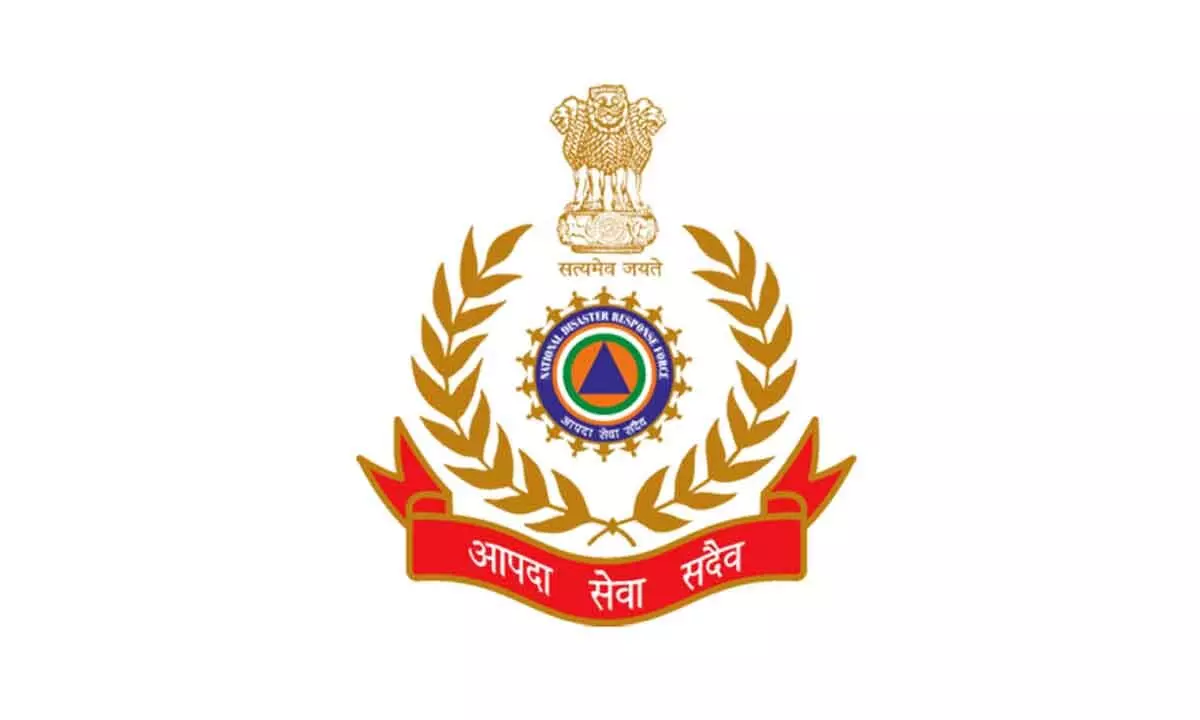NDRF carries out nationwide security audit of passenger ropeways, cable cars

NDRF
NDRF has begun a nationwide survey of passenger cable cars and ropeway systems to find out possible security flaws in them and to prepare a structural blueprint that will help it launch effective rescue operations in case of an emergency or accident.
NDRF has begun a nationwide survey of passenger cable cars and ropeway systems to find out possible security flaws in them and to prepare a structural blueprint that will help it launch effective rescue operations in case of an emergency or accident.
The federal contingency force has also decided to train its rescuers in specific ropeway rescue skills apart from purchasing an assortment of tools like pulleys and carabiners to be used for transporting the salvager and evacuating stranded people from the car hanging in the air.
The move comes in the backdrop of at least three reported ropeway accidents that took place in Jharkhand, Himachal Pradesh, and Madhya Pradesh this year.
Three people were killed while 12 were rescued after a 40-hour-long operation conducted by the Indian Air Force, National Disaster Response Force (NDRF), Army, Indo-Tibetan Border Police (ITBP), and local administration after cable cars got trapped mid-air on a ropeway at Trikut hills in Jharkhand's Deoghar district in April.
Eleven people were stranded for hours after a cable car was stuck mid-air at Parwanoo Timber Trail in Himachal Pradesh's Solan district and they were rescued after a six-hour-long operation undertaken by the NDRF and other agencies in June.
In a similar incident that took place in May, pilgrims visiting the hilltop goddess 'Sharda' shrine in Maihar town of Satna district in Madhya Pradesh were rescued about an hour after they got stuck in the cable cars.
''We have begun a survey of all the passenger ropeway and cable car systems in the country to understand their operations and suggest remedial action. There are more than 50 such systems in India that are used for the transport of pilgrims, tourists, and passengers.
''The exercise aims to not only sensitize the operators of this mode of transport about the precautions they should practice and preparations they should have, but it will also give us an action plan which can be used during emergencies and disasters that hit the ropeway system,'' NDRF Director General (DG) Atul Karwal told PTI.
He said a special team of officers culled out from all the 16 NDRF battalions, based across the country with the jurisdiction of operation in various states, have been asked to visit these ropeway systems, carry out a security and operations analysis and submit a report.
''The final report will be submitted to the Ministry of Home Affairs (MHA) and we would recommend remedial measures to the operators. We will have learnings, as per our mandate, post this survey,'' Karwal said.
The DG said they have also begun a training module capsule to teach the rescuers in gaining and honing ropeway rescue skills.
''I spoke to my field commanders and we are in the process of purchasing an assortment of pulleys, carabiners, ropes, and harnesses among other tools so that we are adequately equipped to tackle such emergencies,'' he said.
A senior officer said the NDRF may also undertake mock drills at these systems to prepare its rescuers for the actual job.
Soon after the Deoghar ropeway accident, Union Home Secretary Ajay Bhalla had written to all states asking them to carry out a safety audit of each passenger ropeway project and put in place standard operating procedures (SOPs) to deal with accidents and emergencies.
Bhalla also stated in his April letter that for each ropeway project, a maintenance manual and program must be in place so that the safety standards conform to good industry practices and such incidents do not recur.
The entity operating the ropeways must maintain a record of all the activities undertaken as part of the maintenance program, he said in the communication. The home secretary had recommended that BIS standards prescribed for the operation and maintenance of ropeway projects need to be scrupulously adhered to.
He said the necessary guidance in this regard may be taken from the National Highways and Infrastructure Development Corporation (NHIDCL), which is the nodal organization for these systems and it functions under the Ministry of Road, Transport, and Highways.
Asking the states and Union Territories to review the condition of all the ropeway projects in their respective state, Bhalla said SOPs and contingency plans for operation and maintenance of ropeways, and a system of safety audits must be put in place.














